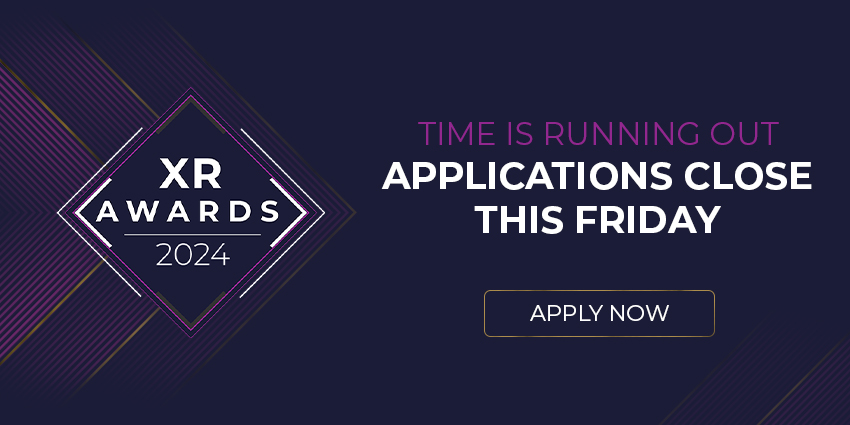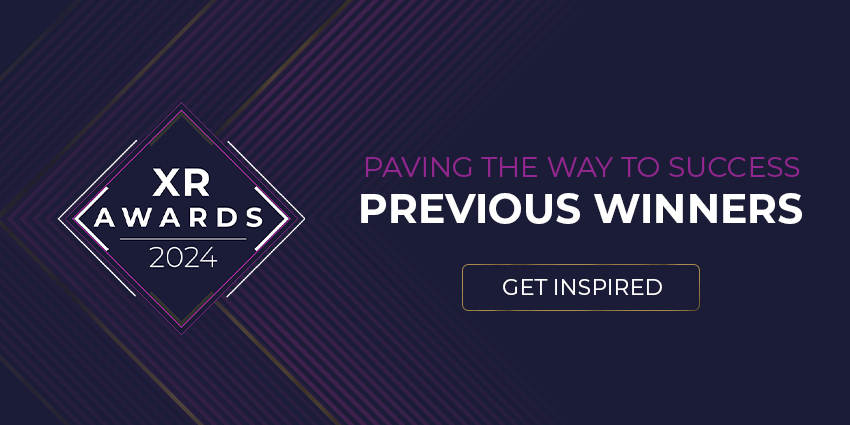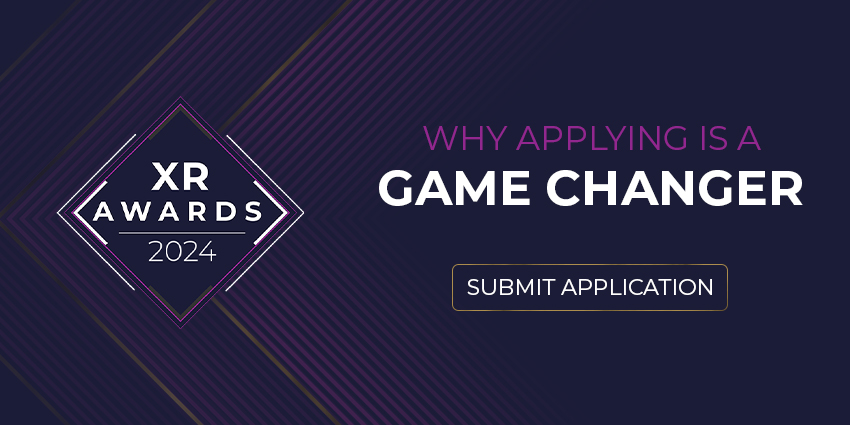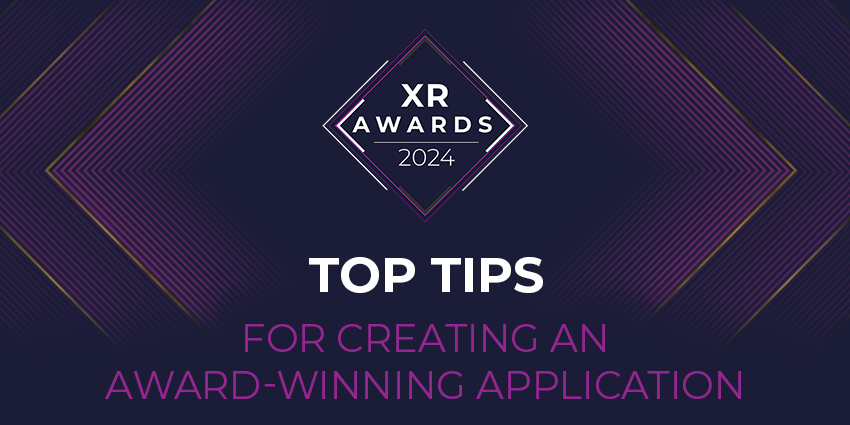The industrial metaverse is rapidly developing, both as an emerging technology for reshaping global supply chains, but also for transforming future products and infrastructure.
To date, companies capitalising on the industrial metaverse face significant challenges in applying solutions. These firms aim to receive tangible returns on investment (ROI), streamlined logistics and production processes, and deploy novel technologies capable of delivering higher-quality products.
At the Industrial Internet of Things (IIoT) World 2022 event, four executives from some of the world’s premier companies offered their knowledge and insights on the challenges and benefits of immersive solutions in manufacturing and remote guidance.
Panellists included the following,
- Dr Colin Parris, Chief Technology Officer for GE Digital
- Dennis O’Leary, Chief Technology Officer and CEO of Darkpulse,
- Brian Ballard, Senior Vice President of Solution Delivery for TeamViewer
- Attila János, MBA, Senior Manager for Accenture
Gary Mintchell, Founder of The Manufacturing Connection and Editor in Chief of Automation World, moderated the discussion for the four executives.
The Six Building Blocks of the Industrial Metaverse

Speaking on the building blocks of the Metaverse, Parris cited six categories, with the first as the “state” creating it, which involves data from internet of things (IoT) devices and 5G for networking.
AI and digital twins provided insights on objects monitored in the metaverse space, and automation and controls offered insights for completing tasks on machinery at a facility.
Virtual, augmented, and mixed reality (VR/AR/MR) devices allowed individuals to connect and receive such insights collected from humans and machines.
Following, integrations of emerging technologies such as cryptocurrency and the blockchain, as well as building use cases where immersion created value for them, were fifth and sixth, respectively.
Precision, Decision, Envision
Explaining further the benefits of using the Metaverse, Ballard told audiences that incorporating models and intelligence would lead to “better and more interconnected [and] accurate” use of data. Using these tools would provide better feedback loops on real-world incidences shown via digital twin activities.
He said to the panel,
“I think, more and more over time, the products and services that we produce [will] begin to behave exactly as they were intended, rather than based on a best guess and best knowledge prior to production processes”
Such enhancements would create “downstream effects” on current production processes such as improved mean time between failures, costs, returns on investment (ROI) and “much better products that perform as intended,” he concluded.
The Industrial Metaverse: Disruptive or Distinct?

Speaking further about whether the Metaverse would disrupt the industry, Ballard continued, explaining that, despite the term, the industry needed significant work and coordination to “pull this off.”
Future technologies and coordination efforts would mitigate disruption but also, lead to widening gaps between industries.
Explaining further, Ballard said,
“I don’t think we’ll be so much surprised when it happens, but I think we will be surprised by some of the outcomes between those that adopt, and those that don’t. I think that in areas such as the customer experience, there will be a mile-wide gap between those that engage in it and those that don’t”
Metrics such as product quality and engagement models would reflect “how you support your supply chain, buyers, and vendors,” he noted.
Building (Intelligent) Bridges

O’Leary cited a use case with a digital twin of the Honcut intelligent bridge in California, which required “a lot less maintenance.”
Workers could also inspect the entire bridge remotely without physically visiting the site, both for internal and surface-level structures.
Speaking on the inspection process, O’Leary explained,
As the years go by and you’re building infrastructure, we’re collecting data on each part of that structure, regardless of whether it’s temperature, stress, or strain. Moving forward, you can then go back and take a 20-year [time-lapsed] view of what that piece or part did in an actual environment, and then change the design update.
He added the technology would “completely disrupt engineering, in terms of infrastructure design and labour.” Remote solutions in the Metaverse would no longer require staff to drive to remote areas to conduct inspections, but could manage them efficiently and thousands of miles away in real-time.
Intelligent infrastructure, backed by the Metaverse, could reduce labour, travelling time, and costs with more efficient systems while testing models in real-time. The gradual adoption of such tools would “see even more disruption across multiple economies,” he added.
Robo-Dogs and Omniverses: Sci-Fi Future or Hi-Fi Reality?
János explained to the panel about the Metaverse and visual inspection processes as a disruptive force across industries, citing use cases with quadrupedal robot ‘dogs’ equipped with measuring and spatial mapping systems.

Developers taught the robots to work on uneven terrain, with hundreds of them gathering data with machine learning (ML) tools. Robots were instructed for 20 minutes and then learned the rest of the procedure independently, reducing training time to four to five days.
Video from Accenture Baltics revealed the Unitree “Robodog” contained a 16-core multithreading processor, fluid movement, and a five-camera imaging sensor for tracking and measuring physical objects.
The devices worked with artificial intelligence (AI) and computer vision projects, a spokesperson from the company’s Baltic division said.
Adding, Parris explained how a combination of disruption and external forces would create the “perfect storm.”
Issues from global politics created significant disruptions to supply chains due to government mandates, as well as rising costs from high interest rates.
He said,
“I see people talk about the Metaverse using that as a simulation platform. What you do is you take all that information, because the good thing is that everything is digitised, [and] they’re sending it off to additive platforms, where machines build the bot right away.
Such processes could take place “in milliseconds” with corrections “at every level of the layer.” Doing so could allow firms to test and locate substandard parts in a machine or underperformance issues.
The IIOT World 2022 took place online on 26 October, and united some of the world’s most advanced companies in industrial IoT, XR, and AI to discuss the future of the Industrial Metaverse.
The event featured over 15 speakers to tackle subjects such as the industrial metaverse and its significance, existing IoT platforms, predictive technologies, and other key subjects across verticals.
For more information, kindly visit the IIoT World’s website.







